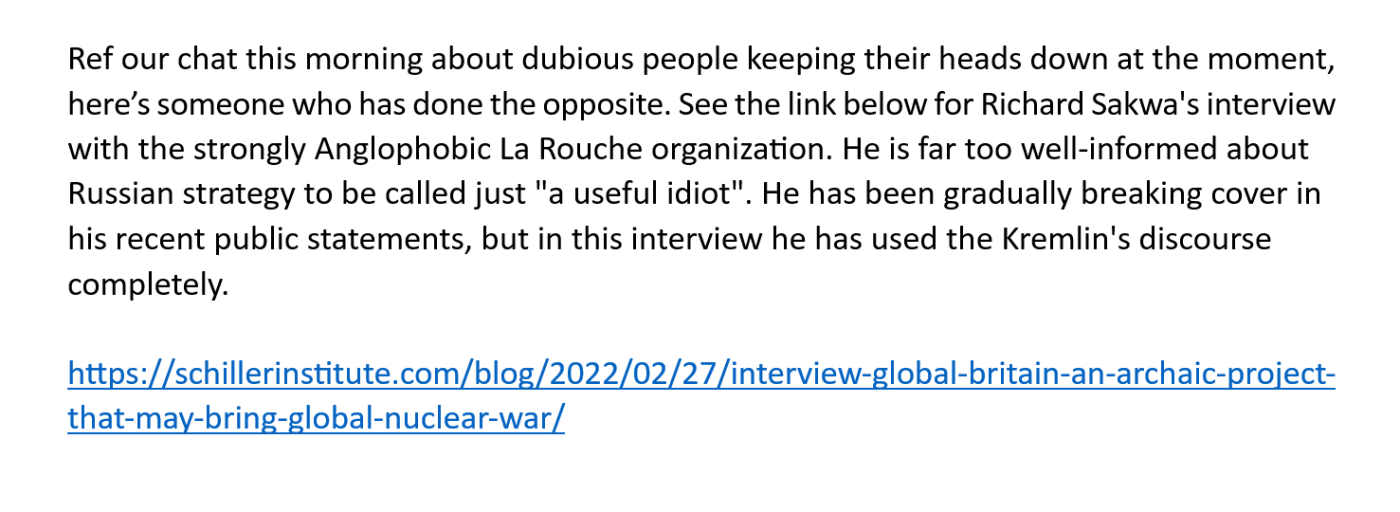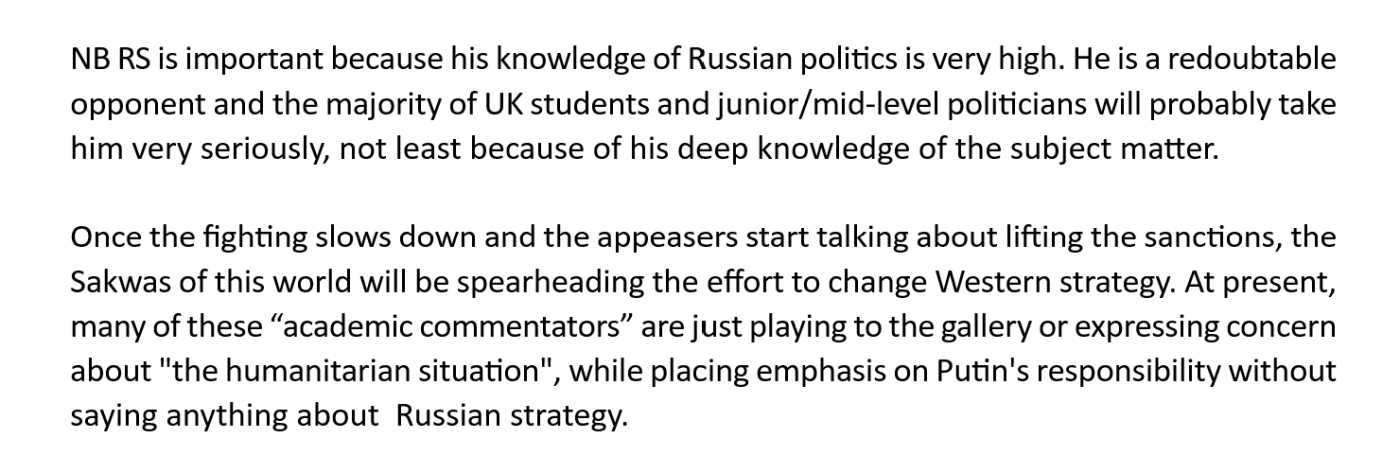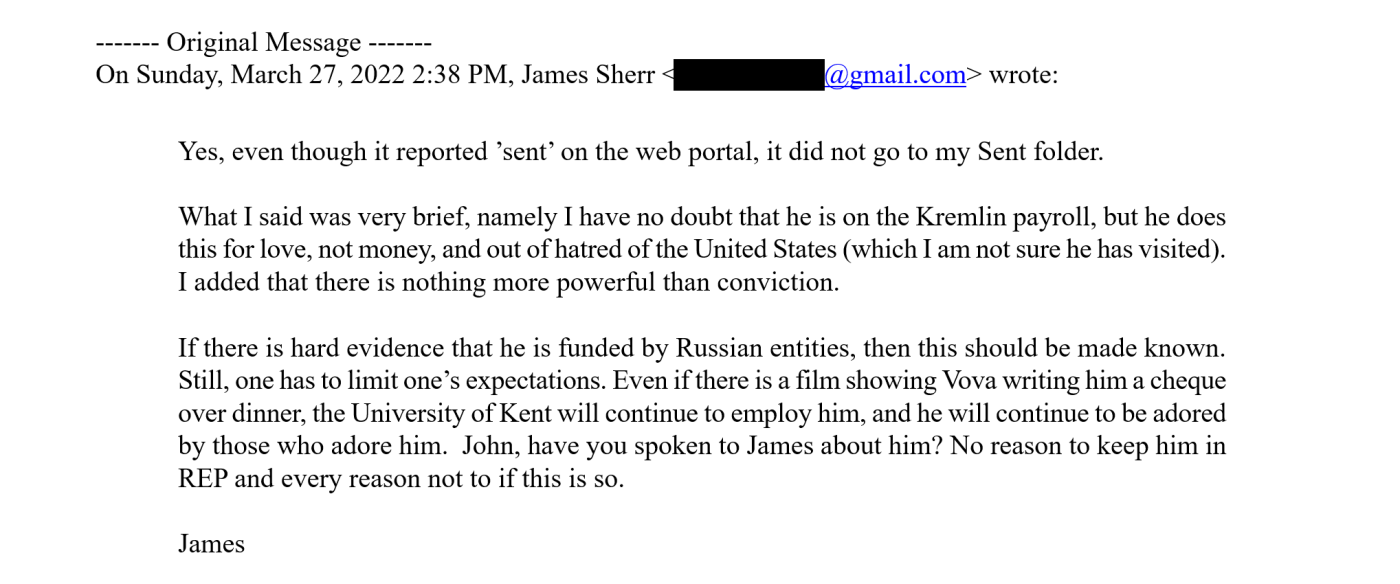By James Carden, Substack, 4/15/25
Only three months into his second term, Donald Trump’s national security team looks to be seriously divided. As I reported late last year as the administration was taking shape, Commerce Secretary Howard Lutnick, who led the transition and is known to have played a major role in vetting candidates for top national security posts, was intent on repeating the mistakes of the first Trump term by handing hardline neoconservatives plum roles within the administration, including, fatefully, the job of national security adviser to Florida Congressman Michael Waltz.
The division between America First stalwarts such as Vice President JD Vance and neocons like Waltz burst out into the open last month thanks to Signal-gate. The decision to bomb the Houthis (and killing at least 13 civilians in the process) was met with childish exuberance by the likes of Defense Secretary Pete Hegseth and CIA Director John Ratcliffe. Vance, on the other hand, was the sole participant on the now infamous chat to express any reservations about the (pointless, illegal, immoral, and counterproductive) airstrikes. Addressing the underlying motives for the Houthi attacks on the Red Sea shipping lanes is how an America First, rather than an AIPAC First, foreign policy ought to be conducted.
That aside, last week Presidential Envoy Steve Witkoff, who is Secretary of State in all but name, met with Russian President Vladimir Putin and Iranian Foreign Minister Abbas Araghchi. Witkoff, like his boss, appears to favor dialogue and diplomacy over endless war. To the former real estate moguls, it’s about the art of the deal. Witkoff’s elevation over the ostensible Secretary of State, Marco Rubio, recalls a time when the national security advisers under Nixon and Carter (Henry Kissinger and Zbigniew Brzezinski) ran roughshod over the good men (William Rogers and Cyrus Vance) who were then serving as Secretary of State. The difference here of course is that while the nation would have been far better served if Rogers and Vance had won their respective power struggles with Kissinger and Brzezinski, President Trump has made the right call in downgrading Rubio. Trump appears equally intent on downgrading Rubio’s department–proposing a 50 percent cut in the State Department’s budget for FY2026.
Not surprisingly, the divide between the Neocon (Waltz, Rubio) and the American First (Vance, Gabbard) camps extends to the administration’s policies toward Russia, Iran and Africa.
The recent Russian airstrikes on Sumy only underscore the humanitarian imperative to put an end to the conflict. On that score, Europe is being particularly unhelpful, its continent-wide policy hijacked by the smallest yet hardest-line nations within the EU. A former Estonian Prime Minister, Kaja Kallas, is at the forefront of the effort to prolong the war in her new role as the EU’s chief diplomat. Last week, European states committed to sending $24 billion in military aid to Ukraine to Kiev. This no doubt came as welcome news to Trump administration hard-liners. According to a Tuesday (April 14) report in the Wall Street Journal, Rubio and Trump’s Envoy to Ukraine, Keith Kellogg, have “recommended more caution when dealing with Putin and for a harder line against Moscow’s demands for territorial concessions from Kyiv.” Yet, the Journal concedes that Trump continues to back Witkoff in his effort to broker a deal to end the fighting.
Trump and Witkoff are facing similar headwinds from their own team when it comes to talks with Tehran. Witkoff has said publicly that Trump has suggested the establishment of “a verification program so no one has to worry about the weaponization of your [Iran’s] nuclear material.” The mere prospect of Witkoff succeeding (and thereby thwarting Netanyahu’s long held dream of an American war on Iran) has the neocons foaming at the mouth. Matthew Continetti, who, like his father-in-law Bill Kristol, has never been shy about his desire to send your kids to fight in wars he never would, believes that Iran is ripe (yet again) for regime change. And, unfortunately, there are elements within the Republican party and Trump’s own NSC that are inclined to agree.
One such Trump adviser is the improbable Sebastian Gorka, who is now serving as NSC senior director for counterterrorism. Unceremoniously shown the door during Trump’s first term, the Hungarian-British operative is back with a vengeance. According to career neocon stenographer Eli Lake, upon returning to the White House this year, one of the first things Gorka did was to,
…order new lanyards for his team with eight letters and an ampersand: WWFY & WWKY. These cryptic abbreviations were drawn from a quote from Gorka’s boss, President Donald Trump: “We will find you, and we will kill you.”
The terrorists Gorka wants to find and kill seem to be, well, everywhere. At his urging, Trump has already launched airstrikes on Somalia, Syria, and Yemen. Somalia looms large in Gorka’s imagination and a battle seems to be shaping up within the administration over what approach to take in Somalia as the terrorist group Al Shabab threatens Mogadishu. Last Thursday (April 10) the New York Times reported that at an interagency meeting in early April,
…Mr. Gorka is said to have argued against shrinking the U.S. presence, contending that it would be intolerable to let Al Shabab take over the country and proposing to instead step up strikes targeting militants.
Intolerable for whom?
Cooler heads are said to be arguing for closing the US Embassy in Mogadishu and withdrawing diplomatic personnel from the country. They should also consider withdrawing the 500-600 American troops stationed there as well.




